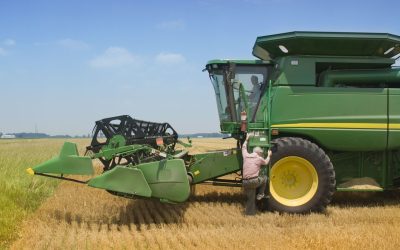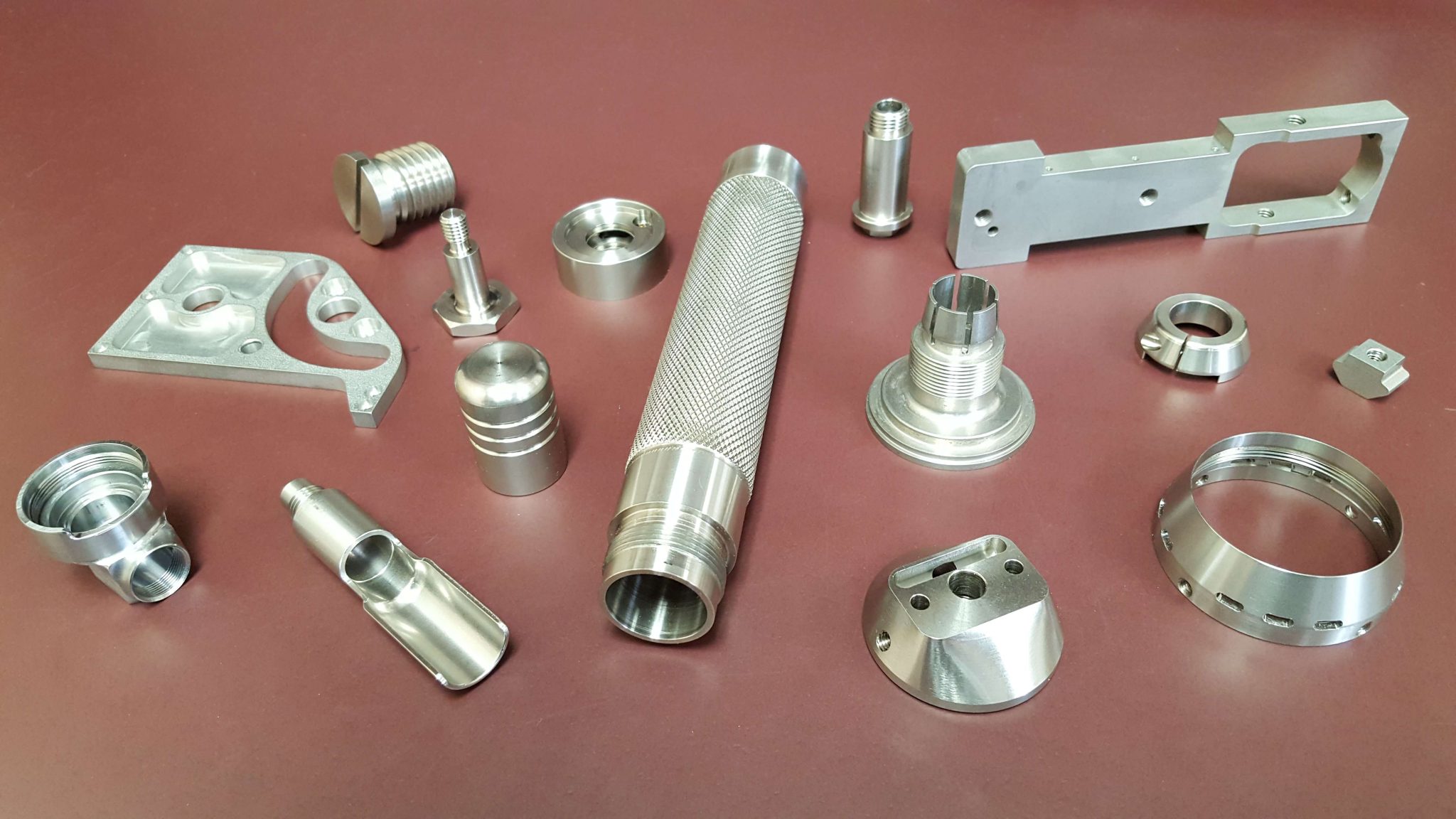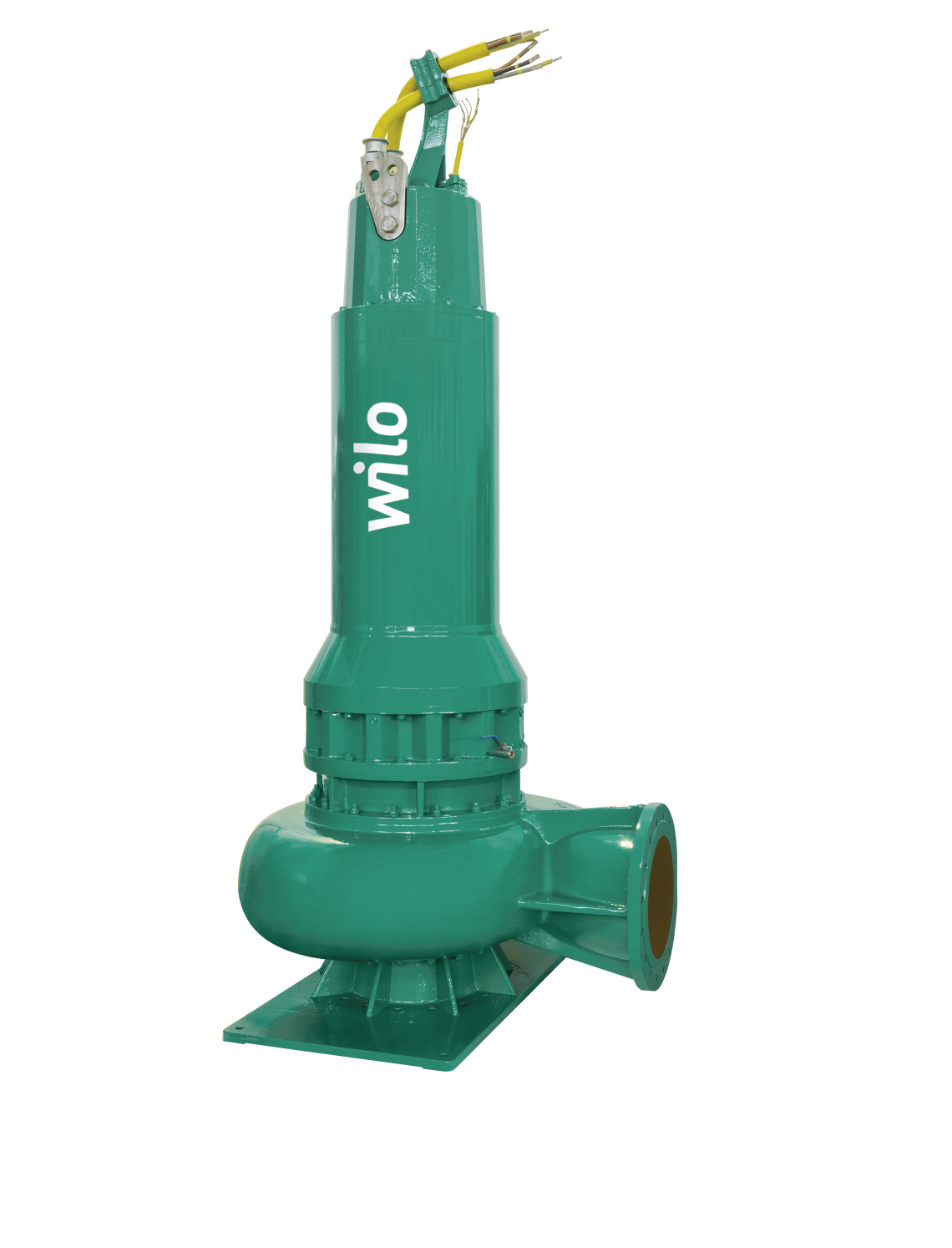In every application where a weighing system is in place on any type of equipment, machine or process, there will be a load cell and a load cell sensor in place. Understanding how these components work is essential in understanding the precision and accuracy of the weights across the device.
First, it is important to realize that there are many different types of load cells in use. The different options go beyond just weighing capacity and design; they also include the various options of measurement. Typically strain gauges are the most common and can be used to measure shear forces, compression as well as tension, making them the most practical and versatile.
Choosing the right type and model of load cell starts with having a good understanding of your needs now and in the future.
The Basics
The basics of a strain gauge load cell sensor are the same regardless the specific application. The weight causes a change or deformation that is recorded in a variation in the electrical resistance. This electrical resistance is what is measured and is sent through the load cell to the display or controller.
The load cells are designed and manufactured to respond to various weights, some highly sensitive and some designed for lighter maximum weights were even a slight variation in the resistance needs to be recorded. For example, there are streamlined load cells that can weigh from zero to ninety pounds and others the measure up to 35,000 pounds or can be custom made for higher weights. Size and design will vary based on these weight capacities.
A well-designed load cell sensor will last for years even in very difficult operating conditions. With their durability and the ability to mount the load cells in different positions and on different types of equipment, they are an essential component in many diverse industries and applications.



